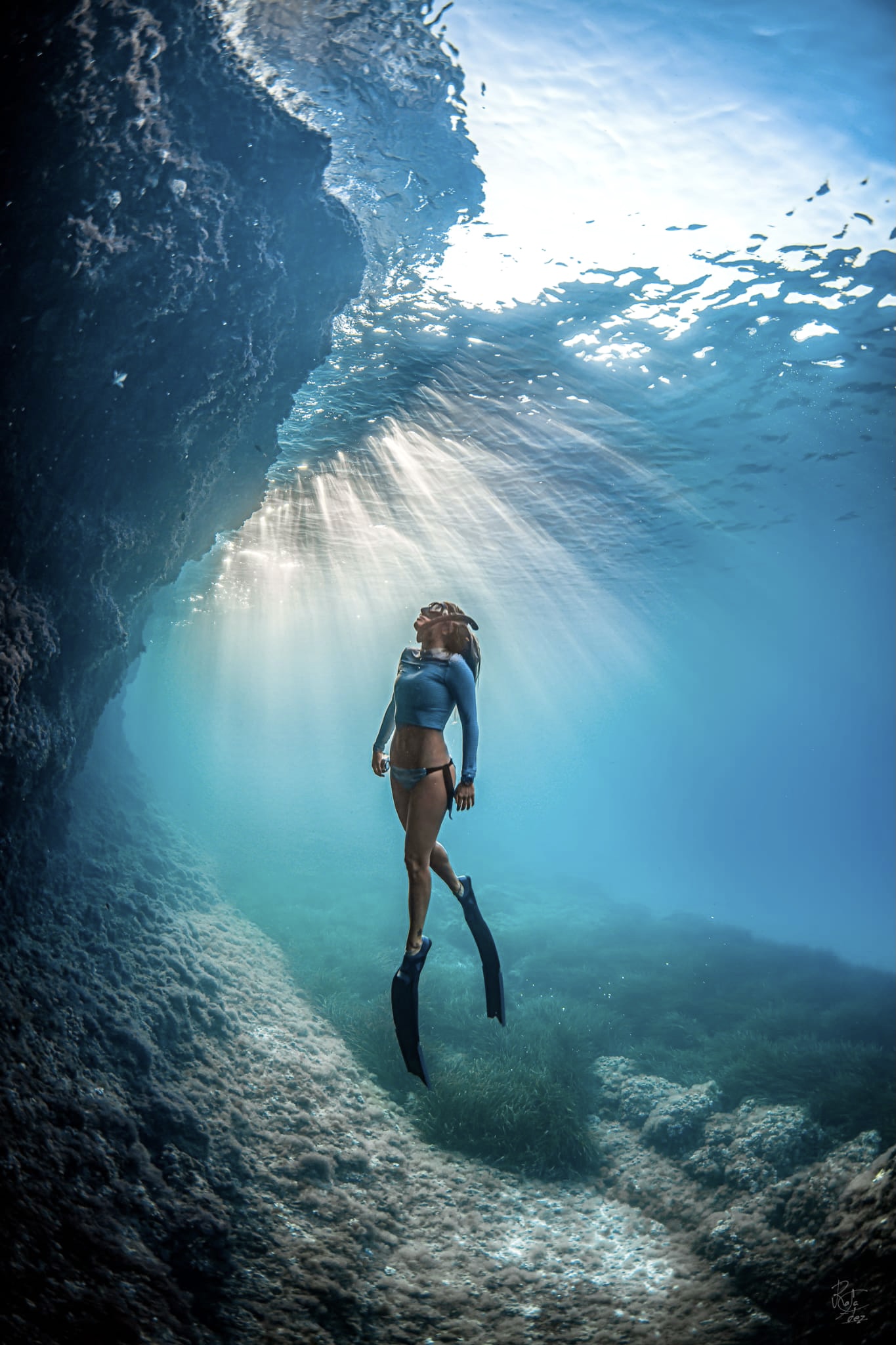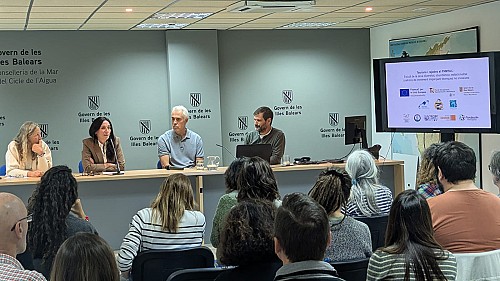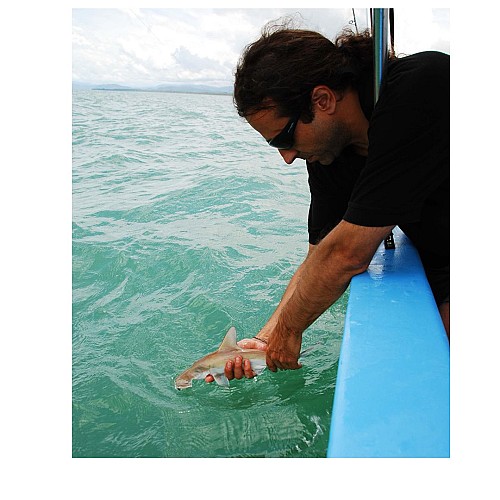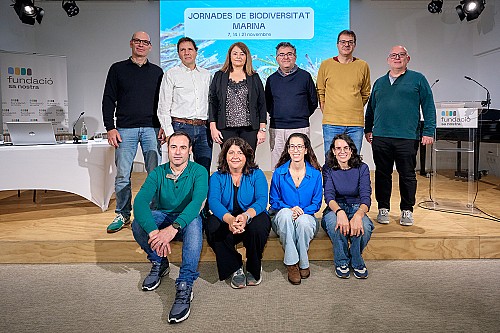Halfway through her Pharmacy degree, Gádor Muntaner decided to start living her dream. Instead of going into the family business, she would dedicate her life to the sea, which she had been in love with for as long as she could remember. After graduating in Marine Sciences from the University of Las Palmas de Gran Canaria, her fascination with sharks took her to Mexico to specialise in their study. There, she joined Pelagios Kakunjá, a marine conservation NGO and studied for a Master's in Marine Resource Management. Muntaner’s first research project focused on the movement patterns of silvertip sharks in the Revillagigedo Archipelago. Her most recent research focuses on the study of organic contaminants in white shark tissues. We spoke with Gádor Muntaner, an oceanographer specialising in sharks and a marine conservationist.

Photo: Rafael Fernández.
What projects are you currently working on?
Right now I'm trying to combine science with outreach, as I consider it essential for marine conservation. I have an environmental education project, where I give talks to schools, universities, and other entities to raise awareness of the importance of sharks and marine conservation in general. I am also continuing to publish some articles on shark pollution and starting an NGO with 11 other women dedicated to the sea.
Sharks and rays are essential for the balance of marine ecosystems. They are at the top of marine food chains and through predation regulate the populations of other species. People think we don't have them in the Mediterranean, but that's not true! If we take care of them, I am sure that in a few years we will have many, more frequent sightings.
Can you tell us about a memorable marine experience?
It’s very difficult to choose. For me, every day at sea is a gift and every moment is special. I remember with affection the first day I saw a shark underwater. I was 16 years old. When I’d imagined my first sighting, I thought I would die of fear. To my surprise, it was a totally opposite feeling: peace, relaxation, and a lot of admiration for such a perfect species, so different from the ones shown in the movies.
And one in the Balearic Islands?
It is also very difficult to choose because the Balearic Islands have stolen my heart. It was on the beaches of Majorca where, when I was about 3 years old, I put on a mask and fins for the first time. And since then I've hardly ever taken them off! But I can say that last year I lived a unique and very special moment: together with photographer Enric Gener, I was able to swim and freedive with more than 12 mobulas for a long time. You don't have to go to the Maldives to live a magical experience!

Gádor Muntaner among sharks. Photo: Rafael Fernández.
Conserving the marine environment. Where do we start?
We start with ourselves and our homes. We need to move closer to sustainability, reduce our consumption of absolutely everything (plastics of course, but also other things), change our diet (pay attention to where our food comes from and what impact it generates) and, of course, educate new generations in marine conservation.
What about sharks and rays?
It is essential to regulate and limit the extraction of these species, as well as to study their movement patterns to protect the most important areas for their biological cycle, such as breeding and feeding grounds.
Quick test for sea lovers:
A book:Breathby James Nestor.
A marine species: Dyer (Prionace glauca)
A reference person or organisation: Sylvia Earle.
A beach: Any beach in the south of Mallorca.
A phrase that defines you: We are a great living organism called planet "Earth", made up of 70% water.
Optimistic, realistic or pessimistic: A realistic optimist.
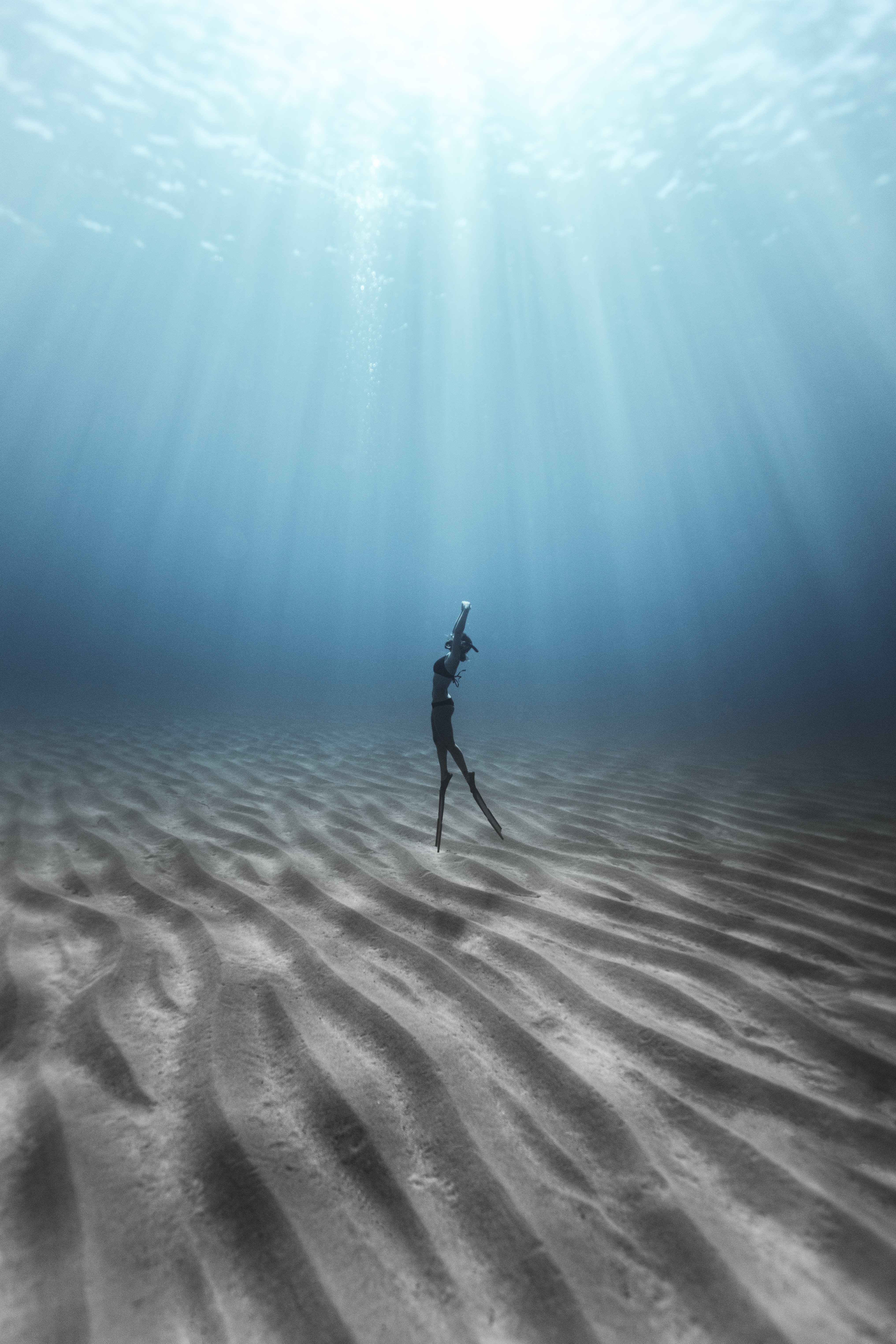
Photo: Enric Gener.

